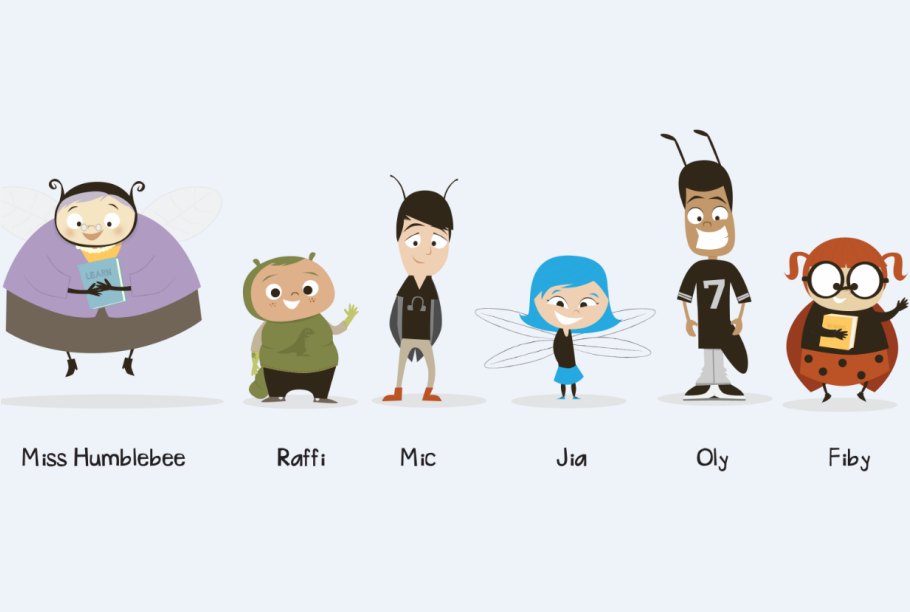Posted November 6, 2015
By Rosemary Long
Libraries continue to be represented in popular media as book repositories, a place for story time, and – in the most progressive TV shows – a place where people use (get this!) real, live computers!
Popular culture hasn’t caught up with the reality of today’s public library, where the mission has transitioned from providing information to delivering outcomes-based learning. Not just information seeking, but engaging in active learning. Gale’s online education programs helps libraries impact lives by supporting education, skills development, and personal enrichment.
Read moreFrom Toddlers to Seniors: Learning at Every Life Stage




